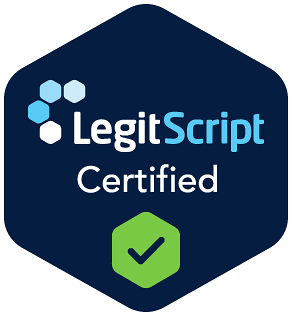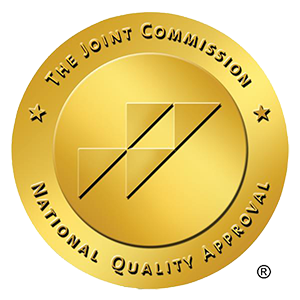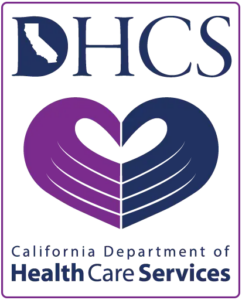Finding effective drug rehab near me can feel overwhelming when you’re ready to take that first step toward recovery. The right treatment program makes all the difference in building a foundation for lasting sobriety.
We at Surf City Detox understand that every person’s journey is unique, which is why choosing the right rehabilitation approach matters so much. This guide will walk you through everything you need to know about selecting quality treatment options in your area.
Which Rehab Program Matches Your Recovery Needs
Drug rehabilitation programs vary dramatically in intensity, duration, and approach. Approximately 21 million Americans battle substance use disorders, yet only 6.5 percent receive treatment according to the National Institute on Drug Abuse. The key lies in matching your specific situation to the right program type.
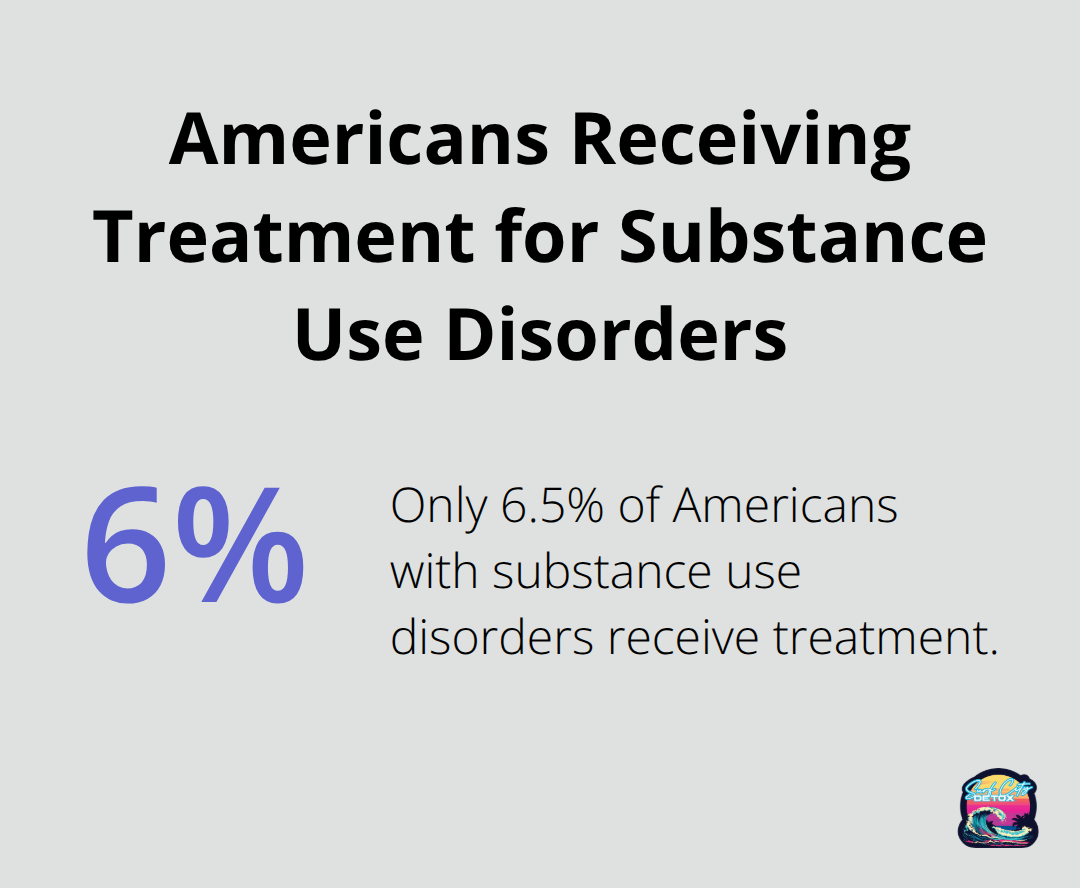
Inpatient Programs Provide Intensive Support
Inpatient programs typically last 28 to 90 days and provide round-the-clock medical supervision. These programs work best for severe addictions or those with multiple failed attempts at sobriety. Medical professionals monitor your progress constantly, while structured environments remove external triggers that contribute to substance use. The intensive nature allows deeper therapeutic work that outpatient settings cannot match.
Outpatient Options Maintain Life Balance
Outpatient programs allow you to maintain work and family responsibilities while attending therapy sessions 3-9 hours weekly. These programs require stronger personal motivation and a stable home environment to succeed. Intensive Outpatient Programs (IOPs) offer 10-20 hours of weekly treatment for those needing medium to high-intensity care while living at home.
Medical Detox Sets the Foundation
Medical detox represents the most critical first step for anyone physically dependent on substances. Withdrawal from alcohol, opioids, or benzodiazepines can be life-threatening without proper medical supervision. Professional detox programs use medications like Methadone and Buprenorphine to manage opioid withdrawal safely according to the Substance Abuse and Mental Health Services Administration. The detox process typically lasts 3-7 days, but your body needs this medically supervised transition to prepare for therapeutic work ahead.
Residential Treatment Addresses Root Causes
Residential programs go far beyond detox by targeting the underlying causes of addiction through intensive therapy and structured daily activities. These programs typically include individual counseling, group therapy sessions, and family involvement components that research shows significantly improve long-term success rates. Therapeutic communities within residential settings create peer support networks that many clients credit with their recovery breakthroughs. Evidence-based therapies like Cognitive Behavioral Therapy show measurable success rates in helping people identify triggers and develop healthy coping strategies.
Many individuals struggling with addiction also face dual diagnosis conditions that require specialized treatment approaches. When evaluating facilities, consider drug and alcohol compliance standards to ensure you receive safe, effective care.
Now that you understand the different program types available, the next step involves evaluating specific facilities in your area to find quality care that meets your needs.
How Do You Pick the Right Rehab Center
Location plays a more significant role than most people realize when you select a treatment facility. Centers within 50 miles of your home increase family participation rates by 40% according to the National Alliance for Recovery Residences, while facilities in coastal environments reduce stress hormones that interfere with recovery. The Joint Commission provides accreditation for treatment centers nationwide, which makes this credential your first filter for quality care. Licensed facilities must meet strict state requirements for medical protocols and staff qualifications that unlicensed programs avoid entirely.
Staff Experience Shapes Treatment Outcomes
Treatment centers with addiction counselors who have personal recovery experience show 25% higher success rates than facilities that rely solely on academic credentials. Look for programs where clinical directors hold advanced degrees in addiction medicine or psychology, not general healthcare management. Medical staff should include board-certified addiction physicians who can prescribe Medication-Assisted Treatment when necessary. The most effective facilities maintain staff-to-client ratios of 1:6 or better, which allows personalized attention that larger programs cannot provide. Ask specific questions about therapist credentials and how long key staff members have worked at the facility.
Insurance Coverage Determines Treatment Access
Most private insurance plans cover addiction treatment costs under the Mental Health Parity Act, but coverage varies dramatically between providers. Call your insurance company directly to verify in-network benefits before you tour facilities, as out-of-network costs can exceed $30,000 monthly. Programs with sliding scale payment options based on income make treatment accessible for those without full coverage (many quality facilities offer payment plans that spread costs over 12-24 months rather than require upfront payment). Financial assistance programs through state agencies can cover treatment costs for those who qualify based on income requirements.
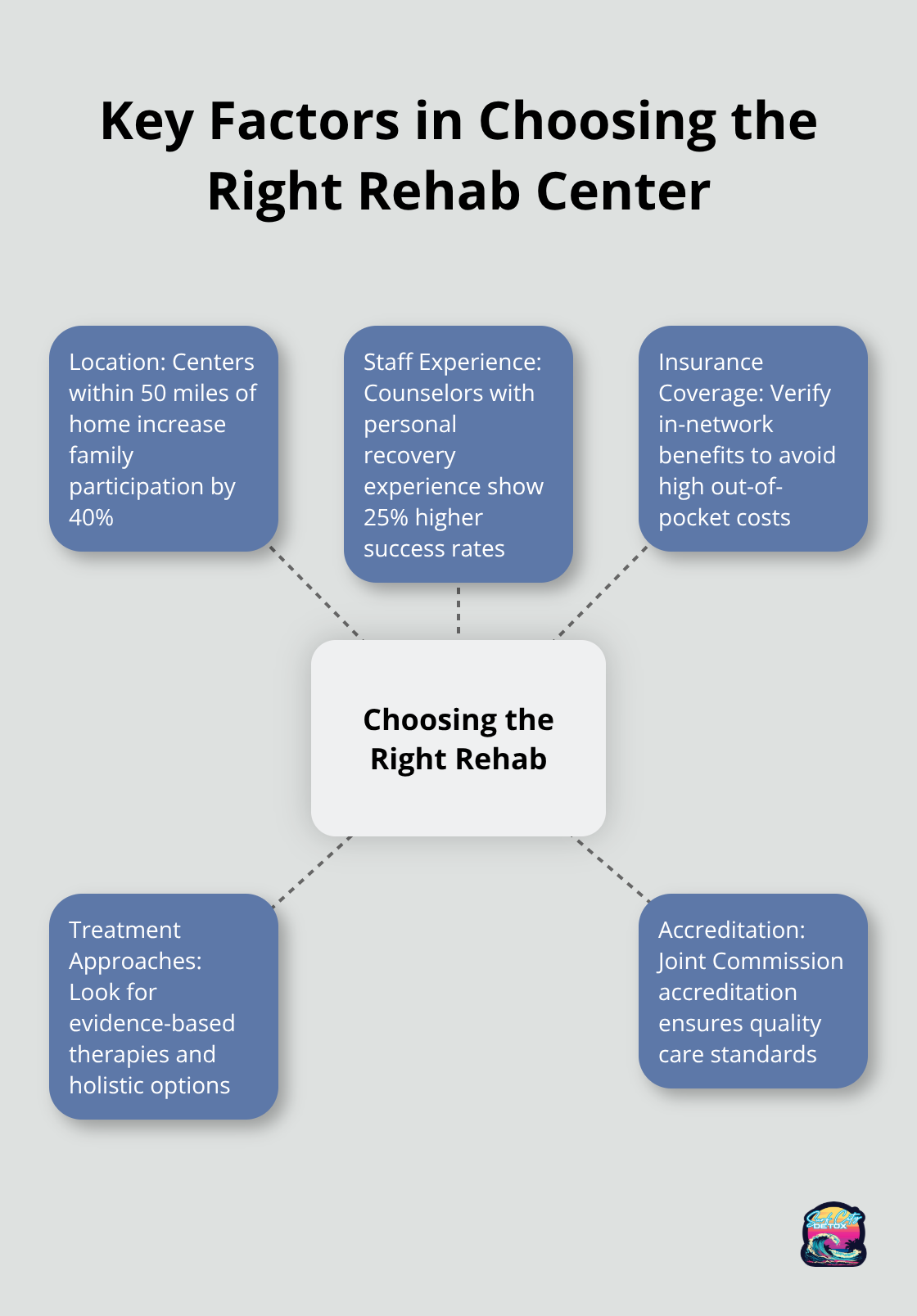
Treatment Approaches Match Individual Needs
Evidence-based therapies like Cognitive Behavioral Therapy and Dialectical Behavior Therapy form the foundation of effective programs, but facilities should offer multiple therapeutic modalities. Programs that integrate holistic approaches (such as yoga, meditation, and art therapy) alongside traditional counseling show improved engagement rates among clients. Specialized tracks for different substances address unique withdrawal patterns and psychological dependencies that vary between alcohol, opioids, and stimulants.
Once you identify facilities that meet these quality standards, the next step involves understanding what daily life looks like during treatment and how programs structure your path to recovery.
What Happens During Your Treatment Experience
Your first 48 hours at any quality treatment center involve comprehensive medical and psychological assessments that shape your entire recovery plan. Medical staff conduct blood work, physical exams, and withdrawal risk evaluations while licensed therapists assess mental health conditions, trauma history, and substance use patterns. This dual assessment process takes 4-6 hours spread across your first two days and determines medication needs, therapy approaches, and safety protocols. Programs that skip thorough assessments or rush this process often miss co-occurring disorders that significantly impact people who seek addiction treatment.
Your Daily Schedule Builds Recovery Habits
Treatment days start at 7 AM with medical check-ins and medication distribution, followed by structured therapeutic activities until 9 PM. Individual therapy sessions occur 3-4 times weekly and focus on trigger identification, trauma processing, and coping strategy development specific to your substance of choice. Group therapy happens daily and creates peer connections that research shows improve engagement and reduce substance use. Facilities worth your consideration offer experiential therapies like art therapy or equine therapy alongside evidence-based treatments, not as replacements for proven methods like Cognitive Behavioral Therapy.
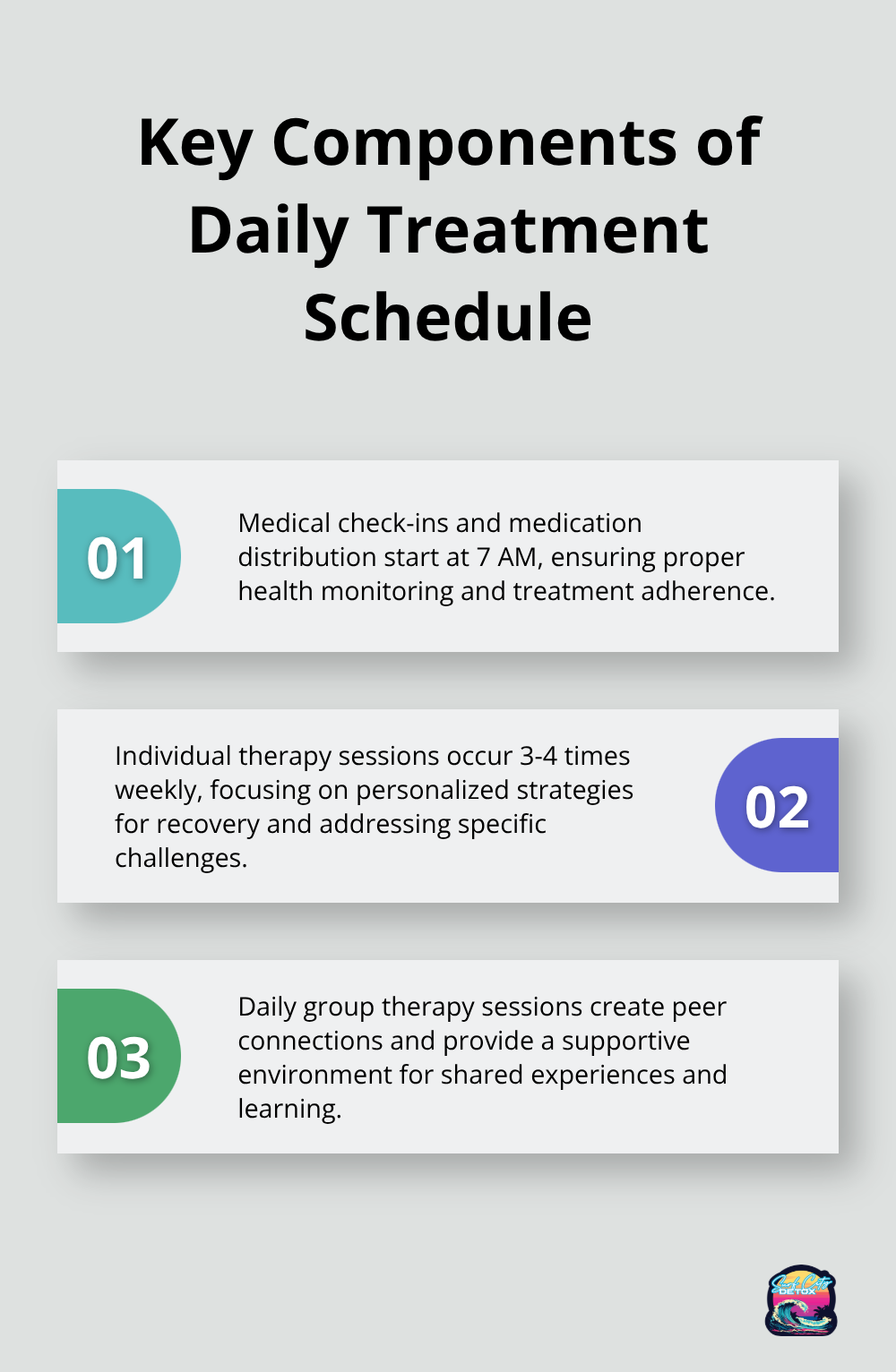
Medical Supervision Protects Your Safety
Round-the-clock medical monitoring becomes essential during early recovery when withdrawal symptoms can change rapidly. Nurses check vital signs every four hours and adjust medications based on your physical response to treatment. Medical staff watch for complications like seizures, heart irregularities, or severe dehydration that require immediate intervention. Quality programs maintain physician availability 24/7 rather than rely on on-call services that delay response times when medical emergencies arise.
Family Programs Repair Damaged Relationships
Quality programs require family participation through weekly therapy sessions and educational workshops that address behaviors that enable addiction and communication patterns that need repair. Family members learn to set healthy boundaries while they provide support that strengthens rather than undermines your recovery efforts. Programs that treat families as afterthoughts rather than essential partners show significantly lower success rates because addiction damages trust and communication in ways that require professional guidance to heal.
Final Thoughts
The right drug rehab near me transforms lives through medical detox, evidence-based therapies, and comprehensive care that addresses addiction alongside mental health conditions. Quality facilities maintain proper accreditation, experienced staff, and family programs that repair relationships damaged by substance use. Professional treatment becomes essential when you consider that 40% to 60% of individuals face relapse without proper support.
Action today prevents addiction from creating more damage to your health, relationships, and future opportunities. The longer you delay treatment, the more complex recovery becomes as addiction progresses and creates additional medical complications. Each day without professional help allows the disease to strengthen its hold on your life.
We at Surf City Detox provide medically supervised detox and residential treatment in our Huntington Beach facility (our Joint Commission accreditation guarantees clinical excellence while our personalized approach addresses your unique recovery needs). Our experienced team understands the challenges you face because many have walked this path themselves. Contact us today to begin your journey toward lasting sobriety and complete healing.

